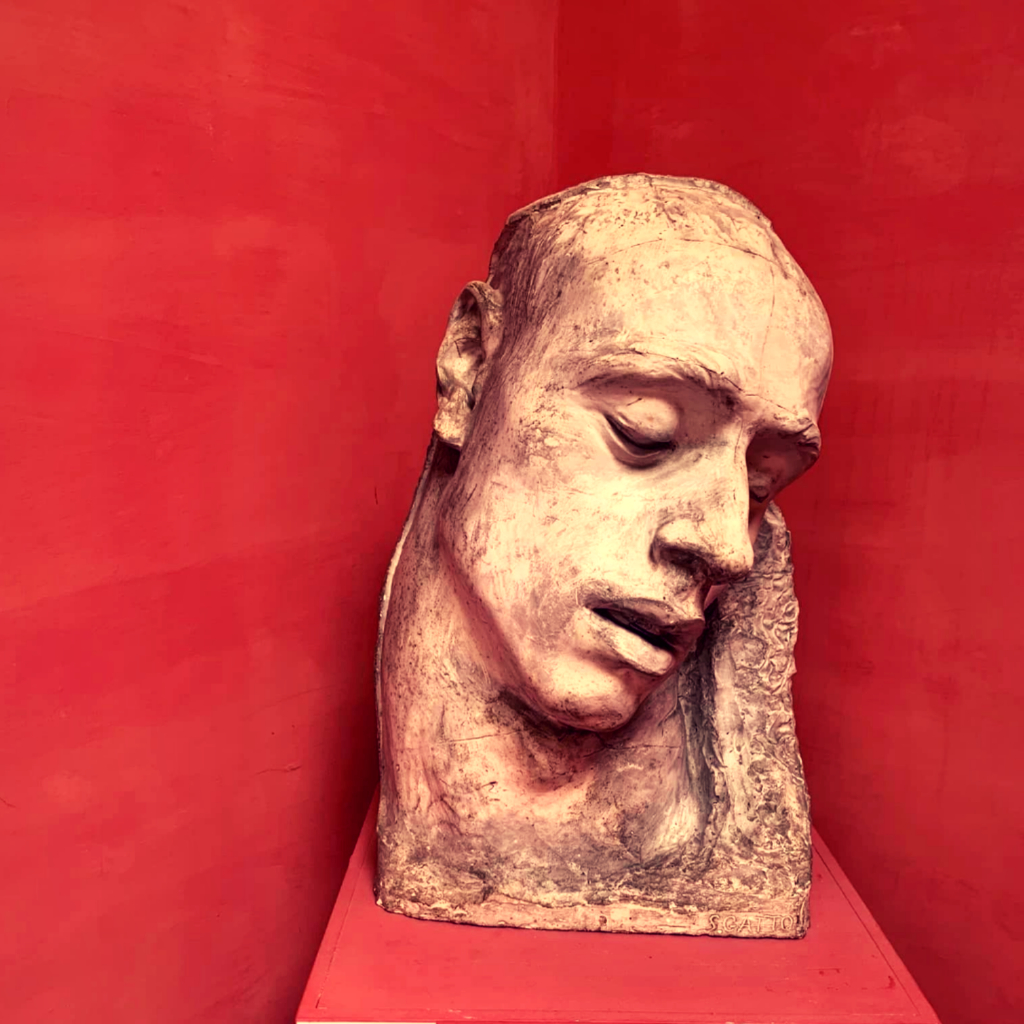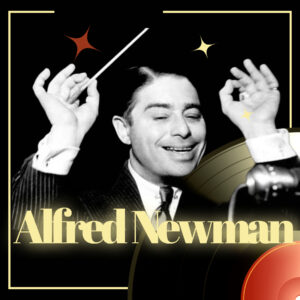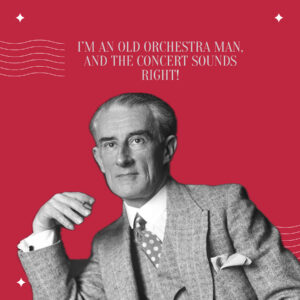The Third symphony was created by Arthur Honegger during 1945-1946. At this time, he, a Swiss citizen, who had spent years of war there in a neutral country, returned to Paris.
From Lausanne he helped the French with his work: musical radio broadcasts, performances of works supporting the belief in himself, in the coming victory. But the bitterness of what happened again engulfs the composer. And in the third symphony, the tragedy of the war that had just ended resounds at the top of its head.
The first movement, Dies irae, suggests hate that destroys everything. Scurrying strings quickly erupt in an impassioned theme for horns and strings, goaded on by shrieking trumpets and woodwind. The turmoil continues over a pounding string ostinato, with a listless melody on violins and upper woodwind emerging to provide necessary expressive contrast. The music quietens for a tense central interlude, in which an oriental-sounding theme, underpinned by unsnared side drum, briefly assumes prominence. Activity soon mounts, however, leading to a return of the ostinato rhythm and a free recapitulation of those ideas heard at the outset of the movement. A brief coda sees the music disappear back into the depths for which it had emerged, with the final return of a ray of hope in what the composer described as his ‘bird-theme’.
In the second movement, De profundis clamavi, a plea of supplication, the opening gestures are as balm after the preceding furore, preparing for a lyrical yet troubled theme which alternates between strings and woodwind, evolving new expressive gestures as it continues and with an especially touching episode for violins and muted trumpets. Ominous chords deep in the piano’s bass register presage the main climax, building steadily and deliberately before culminating in the impassioned return of the theme’s initial phrases. There is no formal recapitulation as such, and even the threat of a further climax is pointedly forestalled, enabling the movement to wind down to a calm but somehow questioning close, made more so by the solo flute return to the ‘bird-theme’, the dove of peace over the ruins.
The third movement, Dona nobis pacem, sets off with a heavy march rhythm, underlying much of what follows. A baleful theme for horns, underpinned by strings, heightens the ominous atmosphere, the march-rhythm continuing as brass point up its militaristic connotations, described by the composer as the march of robots against civilised man. The horn theme now returns with a striving counter-melody for strings, which duly brings about the second return of the march and the work’s climax: the march-rhythm hammered out between brass and percussion, exploding in a dissonant chord across the whole orchestra before vanishing into silence. Out of this conflagration emerges a warmly expressive melody for violas and cellos, expressing the wish of suffering humanity and drawing in those questioning elements from the end of the previous movement, even though the march-rhythm is still audible on timpani. The ‘bird-theme’ is heard on the piccolo and a solo violin offers the plea De profundis clamavi ad te. Honegger ends with a suggestion of a utopian world, governed by reciprocal brotherhood and love, if such a thing were possible.
The orchestra consists of 3 flutes, 2 oboe, English horn, 2 clarinet, bass clarinet, 2 bassoon, contrabassoon, 4 horn, 3 trumpets, 3 trombone, tuba, piano, timpani, cylindrical drum, drum, strings.



